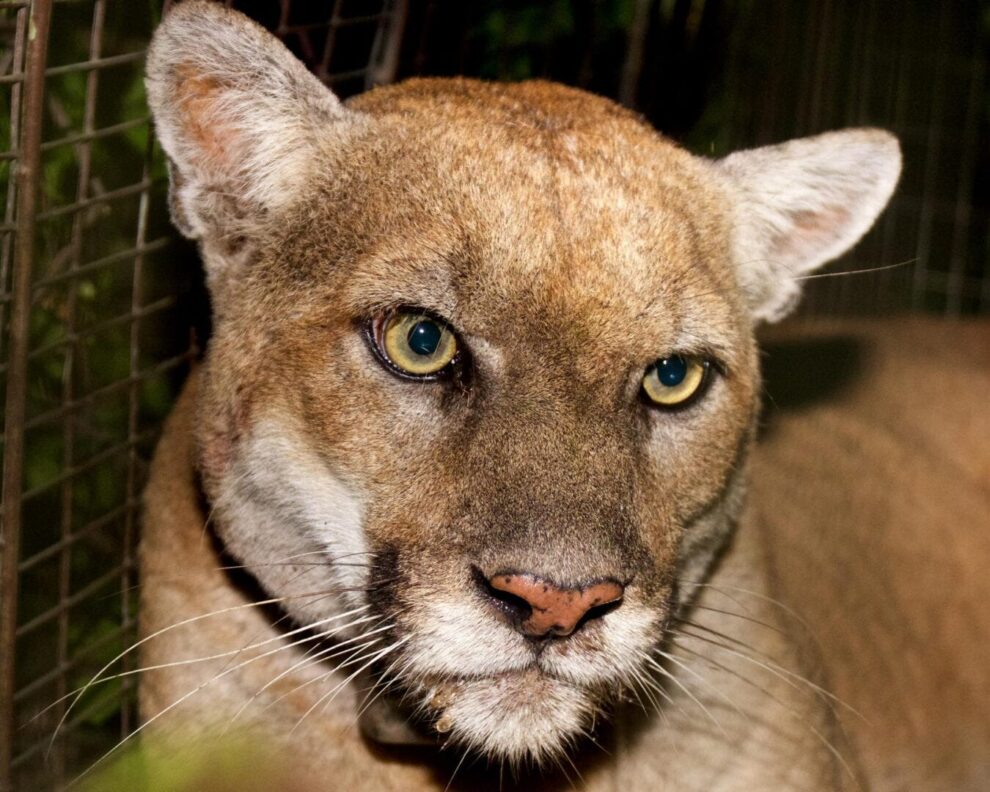Converging and growing criminal operations in human and drug trafficking, money laundering and wildlife trade — legal and illegal — add more pressure to animal species already under threat of extirpation in Central and South America, according to new research from the Jack D. Gordon Institute for Public Policy at Florida International University.
Incredibly rich in biodiversity, Central and South America are home to 17% of Earth’s wildlife, as well as crime and violence — Latin America has more than 40 of the 50 most dangerous cities in the world.
The combination makes the region ripe for environmental exploitation.
In “Triads, Snakeheads and Flying Money: The Underworld of Chinese Criminal Networks in Latin America and the Caribbean,” the authors of the research, Leland Lazarus and Alexander Gocso, write: “China is, by far, the largest market for illegal wildlife products.”
about:blank
They go on to describe several Chinese criminal groups that were infiltrated by an NGO, ELI, to obtain information and evidence in order to disrupt illicit activities in the wildlife trade in Latin America.
Among the criminal operators are the M2 Network (Mexico-2), which operates in the United States, Mexico and China, with a base in Baja California; M3, located in Central Mexico and run by Cantonese Chinese nationals; Bolivian-based SA4 (South America-4); SA1 in Suriname, with Brazilian, Guyanese and French Guianan operatives; and SA8 operating in many countries.
All are names most Americans likely have never heard of. These bad actors traffic in a variety of off-limits sea creatures, including abalone, sea cucumber, seahorses, sharks and totoaba.
The criminal organizations operating in Latin America also traffic in jaguars for their body parts. Weighing in between 220 and 350 pounds, the jaguar (Panthera onca) is one of the world’s five big cats, an apex predator that plays a major role in keeping ecosystems in check.
The range of the jaguar in the past included parts of the United States, all of Mexico and Central America, and most of South America, but now has shrunk by approximately 50%, according to the World Wildlife Fund.
Except for an occasional lone male that may migrate possibly seeking a mate, there are no jaguars in the United States or Canada, and they are no longer found in El Salvador and Uruguay.
It’s not breaking news that wildlife numbers continue to drop as human numbers increase. The human population in Latin America and the Caribbean has increased 665 million today from 168 million in 1950.
The jaguar population is now estimated to be only 163,000 (2017), across 18 countries, with the majority of jaguars in Brazil, Columbia and Peru, down from an estimated 300,000 in 1960.
Habitat loss due to ever-encroaching land appropriation by humans is the primary cause of diminishing wildlife. For big cats, farmers and ranchers are another threat.
Poaching is another significant threat to this cat and other animals, with environmental crimes now accounting annually for an estimated $110 billion to $281 billion “industry” worldwide.
From the murders of these stunning sentient beings, Chinese buy jaguar skins for decoration and jaguar fangs for jewelry.
Chinese also want jaguars for “traditional Chinese medicine,” or what others might call bogus drugs. The jaguar’s body is boiled and turned into a paste that is promoted for healing joint pain, pumping up sexual potency and improving health.
A jar of jaguar paste in China reportedly sells for $3,000. As well, a “bone wine” is concocted from jaguars.
Per the Lazarus-Gocso research, Mexican criminal organizations sell “legal and illegal wildlife products to Chinese traders in exchange for fentanyl and methamphetamine, which they send to the United States, Europe and elsewhere.”
Sign Up for the A.M. Report
Keep up with Noozhawk’s daily news coverage, delivered at 4:15 a.m. right to your inbox.
This site is protected by reCAPTCHA and the Google Privacy Policy and Terms of Service apply.
In a piece for the Brookings Institution think tank, “China-linked wildlife poaching and trafficking in Mexico,” author Vanda Felbab-Brown writes that, more so than in other areas of the globe, in Mexico, “poaching and wildlife trafficking for Chinese markets is increasingly thickly intermeshed with drug trafficking, money laundering and value transfer in illicit economies.”
With the deadly example of the current fentanyl-fueled drug crisis in the United States, what happens south of the border clearly doesn’t stay south of the border.
In 2022, with no mitigation of President Joe Biden’s border crisis, more than 110,000 people died in the United States from fentanyl, according to statistics compiled by the Centers for Disease Control and Prevention.
Also from CDC data, from 2016 to 2021, fentanyl drug deaths in the United States increased by 279%.
Certainly when the federal government responsible for ensuring the safety and security of our border willfully opens it to 8 million illegal aliens in under three years, any pretense of upholding law and order is gone.
The net impact is a Biden administration that is enabling and enriching drug cartels, human traffickers and other criminal organizations, encouraging them to continue and grow illegal activity.
Lazarus-Gocso outline broad policy prescriptions for policymakers in China, Latin America and the United States.
But with criminal operators essentially aided and abetted by the current iteration of the U.S. government, and as multiple criminal activities converge, it’s reasonable to expect an increase in wildlife crime until there is a major change in leadership with responsible priorities.
For a reversal, strong countermeasures need to be developed, working with the multiple involved countries, and then deployed.
Don’t expect much from China, the major recipient of the illegal wildlife trade from this area.
First, thanks again to the Biden administration, U.S.-China relations are strained. So until there is a change in U.S. leadership, working together seems unlikely.
Second, systemic corruption in China’s government shields operators who traverse both legitimate and illegitimate businesses.
Lazarus-Gocso reference a Chinese approach to business that stresses “harmony and tolerance, even in illicit activities like extortion.”
Third, China deflects responsibility, most evident in its response to the fentanyl crisis in America, taking the position that it’s the responsibility of the United States and Mexico to keep the precursor chemicals for fentanyl from illicit drugmakers.
Needed, too, is a much-more educated and engaged body politic that understands the implications of wildlife loss and will pressure leadership to develop the policies and working relationships that will provide for the safety and security of jaguars and other wild living beings.
Souyrce : Mozhawk
















